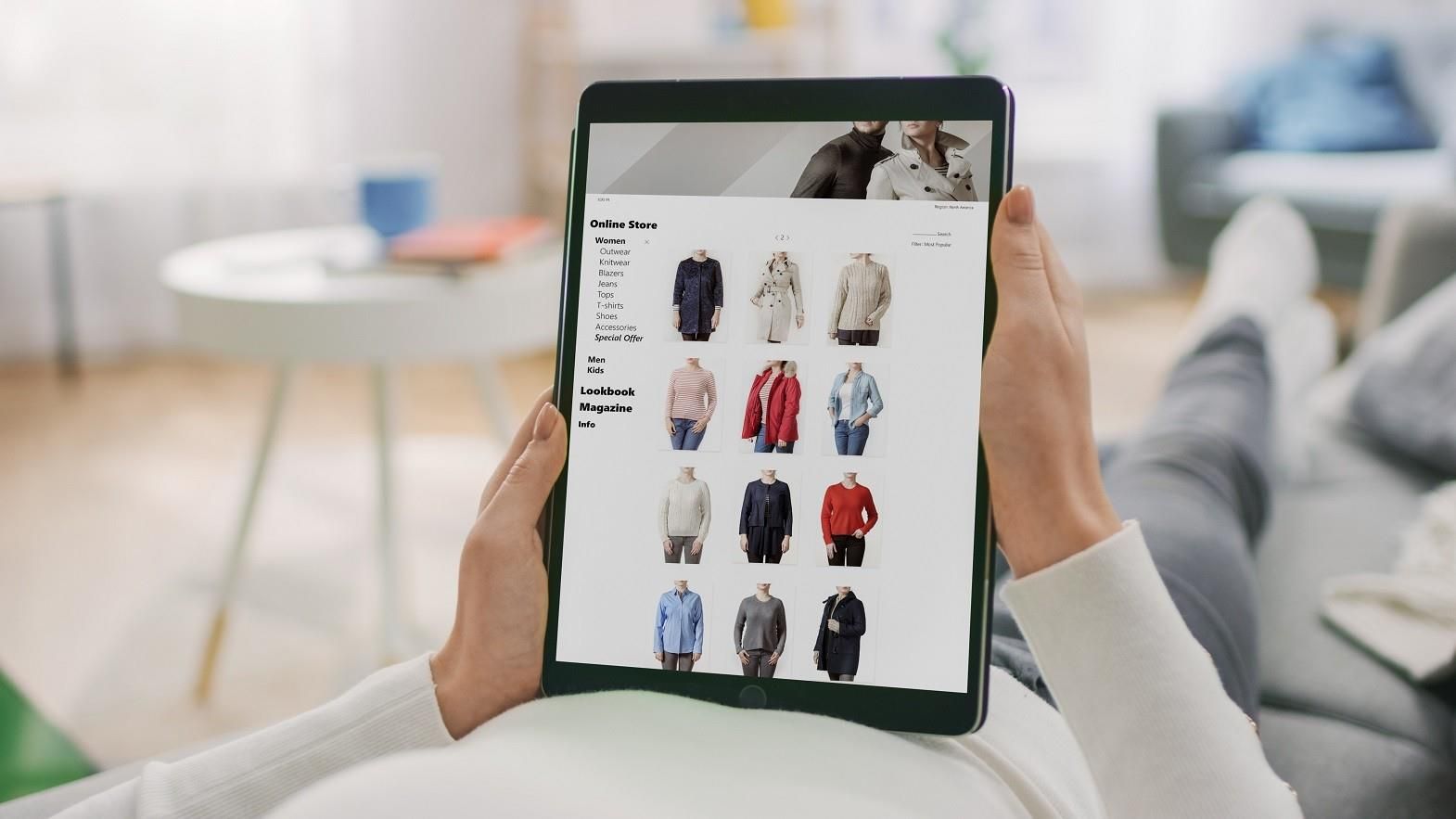One such aid or tool that has been instrumental in luring customers in physical stores until the era of online commerce hit hard is visual merchandising. Just like the in-store ambiance, lighting, setting, and display is important for any apparel brand to interest shoppers, online websites, and even mobile applications need to be visually appealing to stand apart and use digital tactics to make their merchandise captivating and engaging customers with newer interactions.
This is where an online visual merchandising intervention comes handy. Many apparel retailers and major brands pay huge attention to remain competitive in the battle. The functionality and accessibility along with digital visual merchandising are required to make an online store stand apart. Since customers cannot touch the garments, providing a visual experience that can be found in a physical store becomes essential.
The convenience of shopping from any place and at any time, access to information and make comparisons and ease of receiving delivery of garments make online shopping a very unique experience. However, there are elements that can help boost the sales and determine the frequency of usage or visit to a particular site for shopping.
Currently there are many websites or online stores selling apparels and fashion clothing. Researchers divide the elements necessary for a decent online visual merchandising into two broad categories i.e. High task relevant environments (HTRE) and Low task relevant environments (LTRE). The HTRE elements include verbal information on clothing like merchandise narrative, price and return policies, terms of delivery, and visual demonstration of the garment. While LTRE elements are comparatively insignificant to finish the process of shopping and include music, colors, decorative fonts, security options and mostly aspects that are not directly related to the product.
The other two important subcategories of LTRE elements are atmospheric features that are essentially the intro features of the website, the text, font, content, audio or background music, and color schemes; and the other is website registration wherein personal data is collected from consumers, which is an activity many consumers avoid and refrain from. Website registrations have been received positively only when consumers are given special privileges, perks, or price reductions on their shopping.
Just like in a physical store, the atmospherics determine the amount of time, purchased quality, emotions and buying intentions of consumers; an online store's atmospherics must aim to achieve the same. An efficient user interface can help reach positive cognitions and emotions of an online buyer.
The ease with which an online web store can be navigated for example browsing through catalogues, looking for size charts, and surfing through categories can yield high sales. The convenience of conceiving information transcribes into higher satisfaction and repeat sales. Characteristics like presentation of garments, selection options, shopping comfort, and interactivity have an affirmative influence on consumers. Another key factor is developing the digital or online visual merchandising of brands is web graphics.
This includes the geometry and presentations formats. For instance how are the major buttons placed on the first page of the website whether they are horizontal, vertical, or a mix of both? Product presentation is the focus of online visual merchandising. Offering three dimensional views of clothing, giving options of pants or tops, and possible accessories to go with the outfit, and product magnification are some tools that make the option of buying online simpler and trustworthy. Colours also play a huge role. Black fonts are popular among online apparel stores followed by blue, red, and yellow.
With shoppers using mobile as a medium of purchasing increasingly many apparel retailers are also making the online shopping experience viable for smartphone consumers. Developing a mobile micro site instead of using the desktop website is a must to please savvy shoppers using such technology. The "bill me later" options are one thing many shoppers via smartphones appreciate and prefer to prevent the process of tedious typing of credit card details. Such technologically advanced shoppers also prefer webrooming, the act of searching online for a product and buying it in store very convenient, hence many apparel retailers are offering such services.
Luxury brands like Burberry are coming up with futuristic retail concepts to impress consumers using online and digital visual merchandising by creating a web store that replicates their physical store with similar set-ups, ambience, and atmospherics. The brand also provides live streaming of shows and gigs happening in-store.
While brands like House of Fraser, Bentalls, and Hawes & Curtis are integrating the omni channel retailing by using mannequins that send auto updates to smartphone users. The store uploads information of what the dummies are wearing into a specifically designing application and shoppers need to download the app that lets them retrieve details of garments.
Applying newer retail tactics and using technology at its best make apparel brands attract, retain, and make new consumers to stay ahead and keep up in the competitive retail markets.
References:
1. Mashable.com
2. Weaveweb.com
3. Unwe.bg
4. Dailymail.co.uk
Image Courtesy:
1. Thomasnet-navigator.com








Comments